When you think about it, animals have been the backbone of the Walt Disney Company ever since Walt came up with the idea of a cartoon mouse named Mickey.
The early years of the Disney animated shorts were dominated by a broad swath of critters – mice, ducks, dogs, deer, cats, chipmunks, birds, skunks, elephants, cows and whatever Goofy was supposed to be.
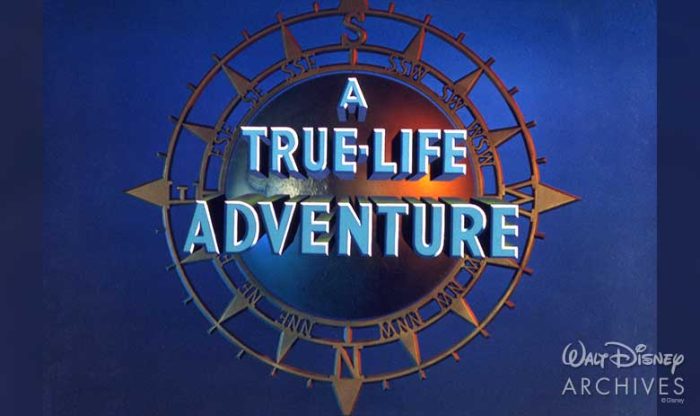
“Some of the most fascinating people I’ve ever met were animals,” Walt once said.
Disney’s animated animal stars all talked, wore some form of clothing and took on decidedly human characteristics, including showing emotions, walking on their hind legs and having the ability to make audiences laugh or cry.
Those animals were the result of Walt’s animators’ skills. In an effort to achieve authenticity on film, Walt was known to send his artists on field trips to zoos, where they could observe animals as they walked, ran and rested. He also brought docile animals to the studio, where the animators could get an even closer look at their subjects.
It wasn’t until the late 1940s when Walt Disney decided to get real about animals.
That’s when the idea of Disney’s True-Life Adventures, an award-winning nature documentary series, began to take root.
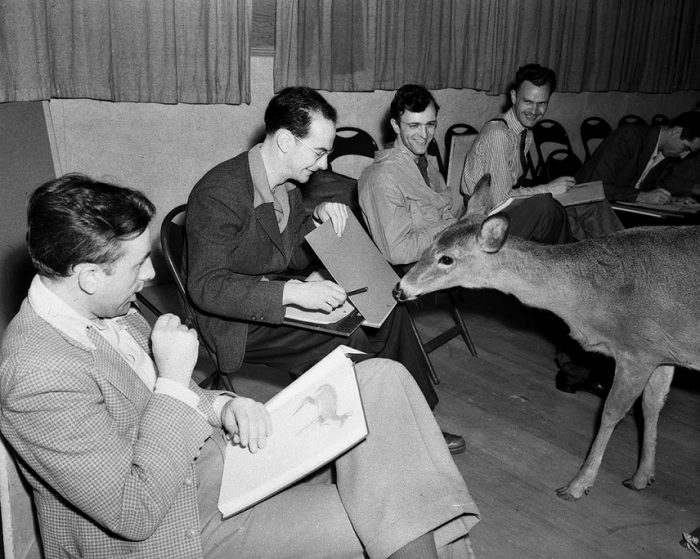
In 1947, Walt decided to step away from animated animals. He gave the green light on a project that would ultimately offer rare insight into the heretofore largely ignored world of wild animals.
Disney’s True-Life Adventures were a series of film documentaries that told the story of a variety of species in the wild – where they were born, how they lived, how they hunted (or were hunted), how they procreated, how they survived nature’s wrath, and how they died.
The True-Life Adventures series can be traced to Disney’s animated classic Bambi, the heart-wrenching story of deer in the wild.
“One thing always leads to another around here,” Walt told author Robert de Roos in an article that appeared in National Geographic magazine in August of 1963.
“In Snow White, we had cute little animals, more on the fantasy side,” Walt continued. “In Bambi, we had to get closer to nature. So, we had to train our artists in animal locomotion and anatomy.”
While the move toward filming live animals seemed imminent, the start of World War II put that project on hold. Indeed, during the duration of the war, the Disney Studios’ focus became the production of Army and Navy training films, war bond drives and other projects to support the war effort.
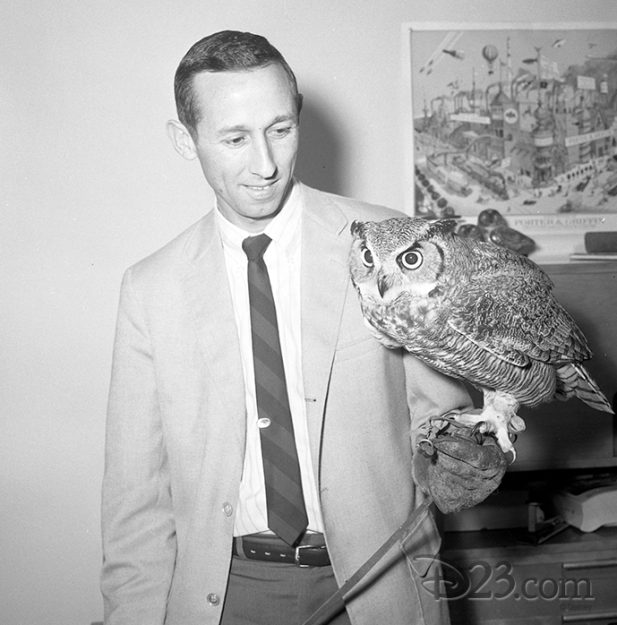
After the war, Walt sent filmmakers Alfred and Elma Milotte to Alaska to film nature. They sent back reems of footage, and almost by accident, Walt discovered the saga of the fur seals, how they would swim up from the ocean onto the beaches of the Pribilofs, where they would do what comes naturally – calve and mate.
But nature being nature, there was raw intensity to the film: The bull seals were seen defending their harems from bachelor seal attacks, and many of the seal pups were trampled during the ensuing mayhem. When the dust settled, the surviving seal herds were seen sliding back into the sea.
The end result was Seal Island, which won an Academy Award in 1948 for best two-reel subject.
Encouraged by the success of Seal Island, Walt sent the Milottes out again – this time for an entire year – to film what became Beaver Valley. In addition to the Milottes, other teams of cameramen-naturalists spent months in dodging wild animals and extreme weather conditions.
They used telescopic lenses, zoom lenses, time-lapse camera techniques and underwater cameras. They hid behind elaborate blinds or positioned themselves high in treetops.
In filming The African Lion, Alfred and Elma Milotte spent nearly three years in Africa. During one sequence, they came upon a rhinoceros stuck in a water hole. They found him helpless and flailing. The rhino’s panicked actions drew the attention of several jungle creatures, including birds, antelope, an elephant and a baboon.
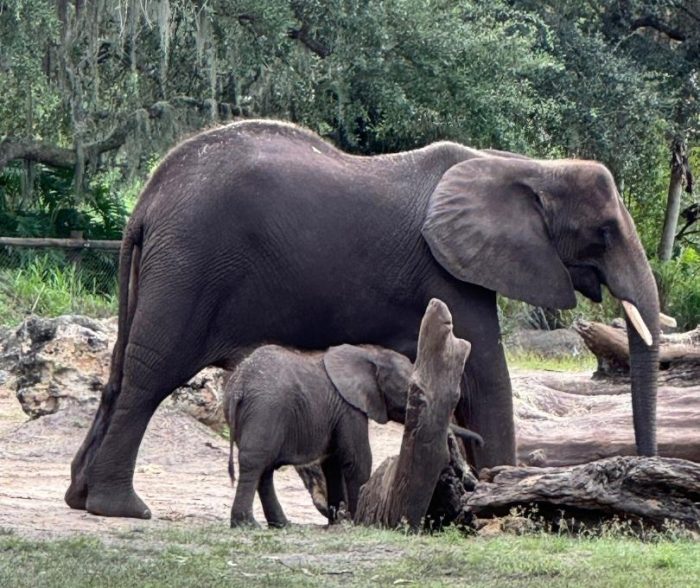
Instead of leaving the rhino to die, the Milottes grabbed a strong rope from their truck, tied it around the animal’s head and rear, connected the rope to their truck and pulled him free.
Their reward for their heroic actions? Once free, the rhino charged their truck.
“I want to say how greatly I have come to respect the naturalist-photographers who are associated with us, both as scientists and as craftsmen. To observe them in action is an exhilarating lesson in resourcefulness, in patience, in knowledge applied to a particular problem, and in that devotion which few except the insatiably curious naturalist ever bring to a calling,” Walt told the The Atlantic in 1954.
In all, seven True-Life Adventures films were made, setting the stage for the Walt Disney Company’s mission as a champion of the environment.
In fact, many historians refer to the True-Life Adventures as a catalyst for the entire world-wide conservation movement. Roy E. Disney, Walt nephew who cut his teeth with the company producing many of the True-Life Adventure films, called that a “fortunate by-product” of the series’ success.
“Back then, we didn’t even know what ecology meant,” Roy E. said. “But we knew how to entertain people, and that’s what we set out to do with those films.”
Over the years, that philosophy became known as “edu-tainment” within Disney circles: Educating, while entertaining. And it has kick-started several company-wide conservation efforts. It also served as the springboard to the present-day Disney Nature series.
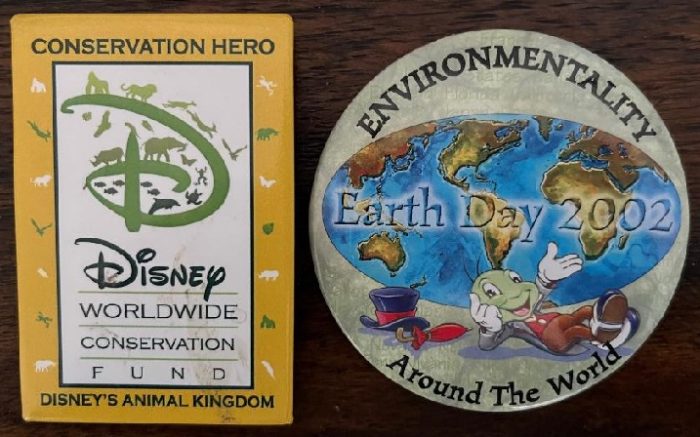
As early as the 1960s, when Disney was gearing up to move to central Florida, it began a program dubbed “environmentality,” which combined recycling and innovative wastewater systems with environmental education and conservation.
Since 1995, the Disney Conservation Fund became an important vessel for the Disney Company to protect the planet and help children develop lifelong conservation values.
And about 30 minutes away from Walt Disney World, at the headwaters of the Florida Everglades ecosystem, sits the Nature Conservancy’s Disney Wilderness Preserve, a nearly 12,000-acre sanctuary.

Finally, when then-CEO Michael Eisner gave the go-ahead for construction of Disney’s Animal Kingdom Park, which opened on Earth Day in 1998, he put an exclamation point on the new park’s mission:
“This is to the traditional zoo as the motion picture was to the stage play. A leap forward that keeps the concept of combining education and entertainment alive and well. The need for awareness of endangered animals and their environments has never been greater. We are in a unique position to promote deeper understanding and love for all animals.”
Walt Disney couldn’t have said it any better.
Chuck Schmidt is an award-winning journalist and retired Disney cast member who has covered all things Disney since 1984 in both print and on-line. He has authored or co-authored seven books on Disney, including Disney’s Animal Kingdom: An Unofficial History, for Theme Park Press. He has written a regular blog for AllEars.Net, called Still Goofy About Disney, since 2015.


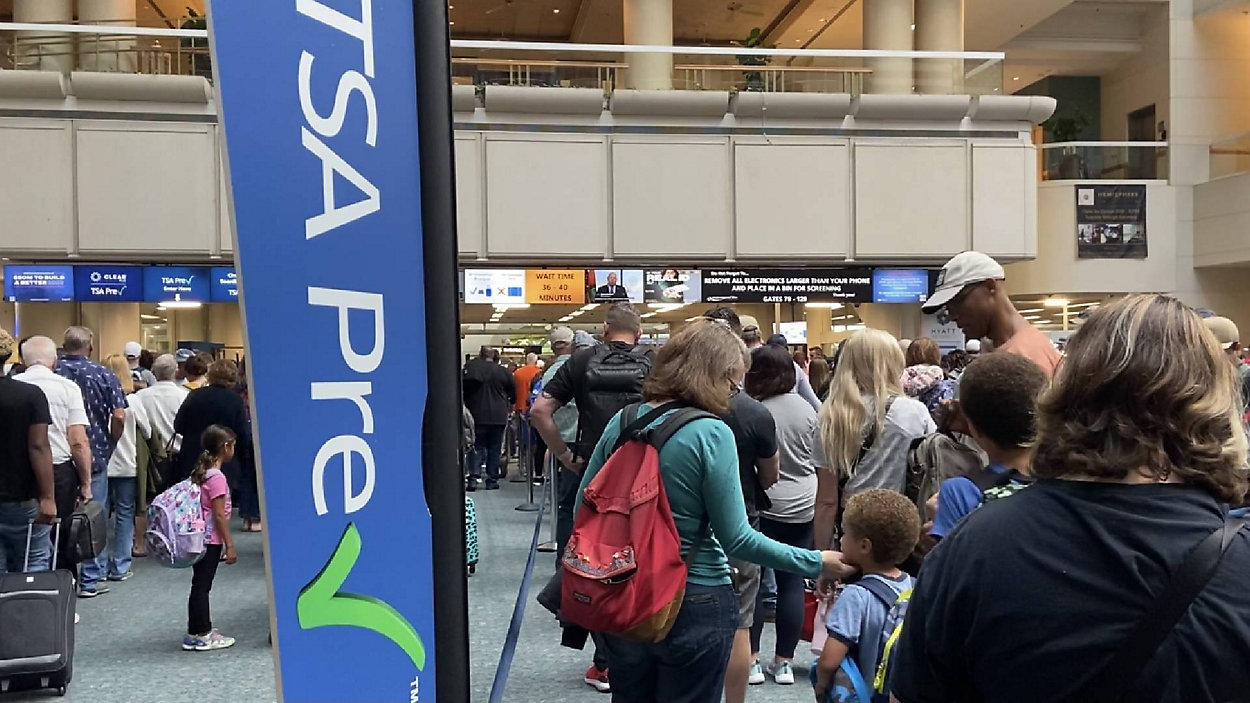
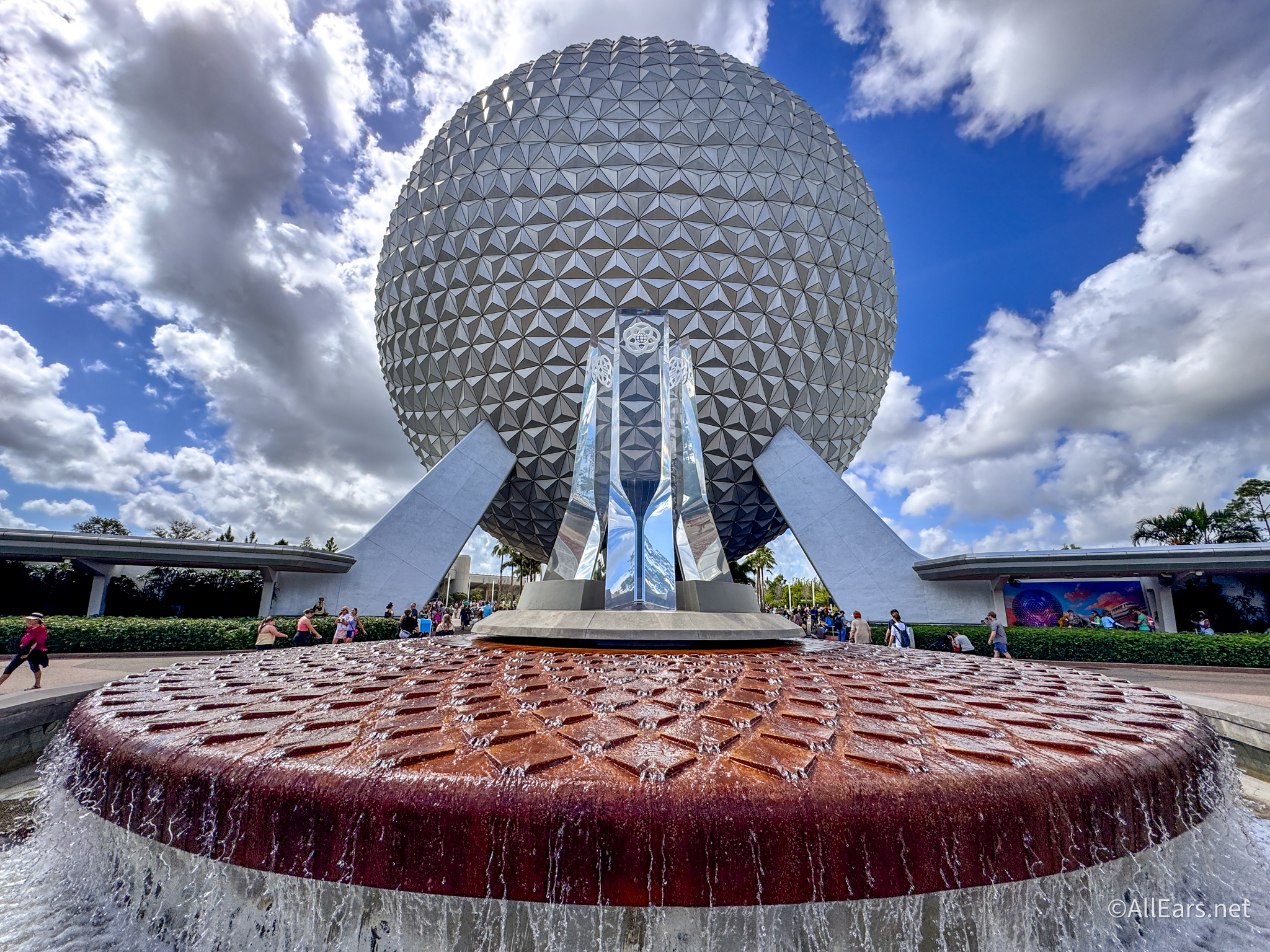
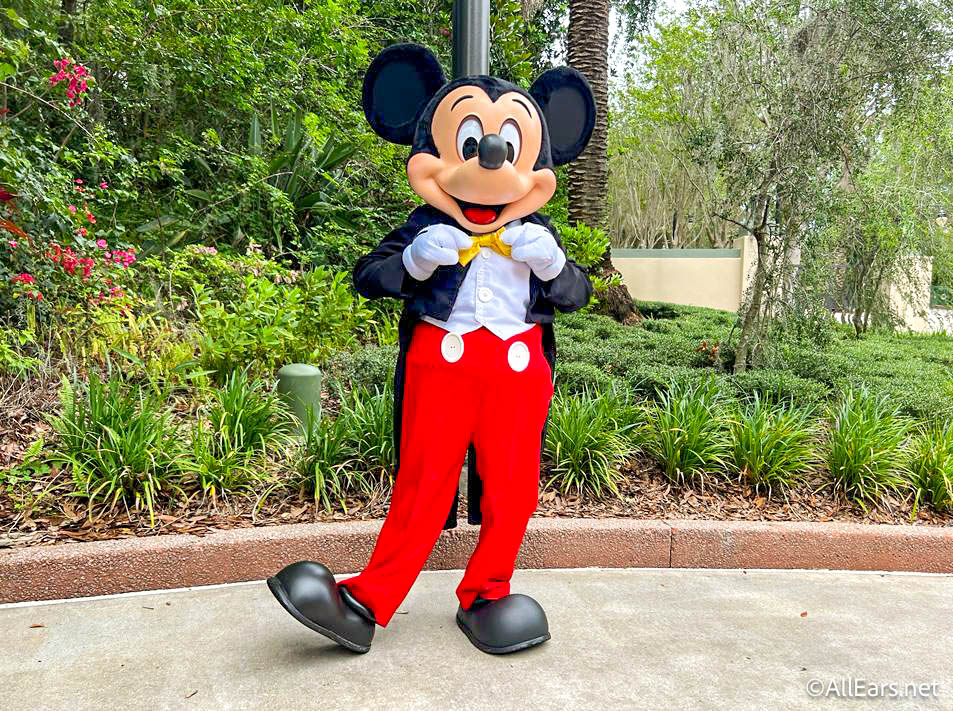
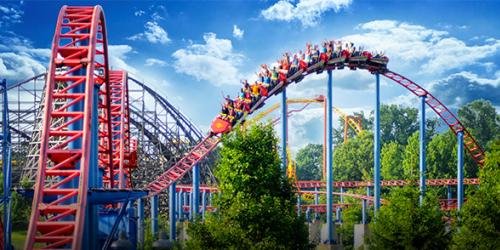
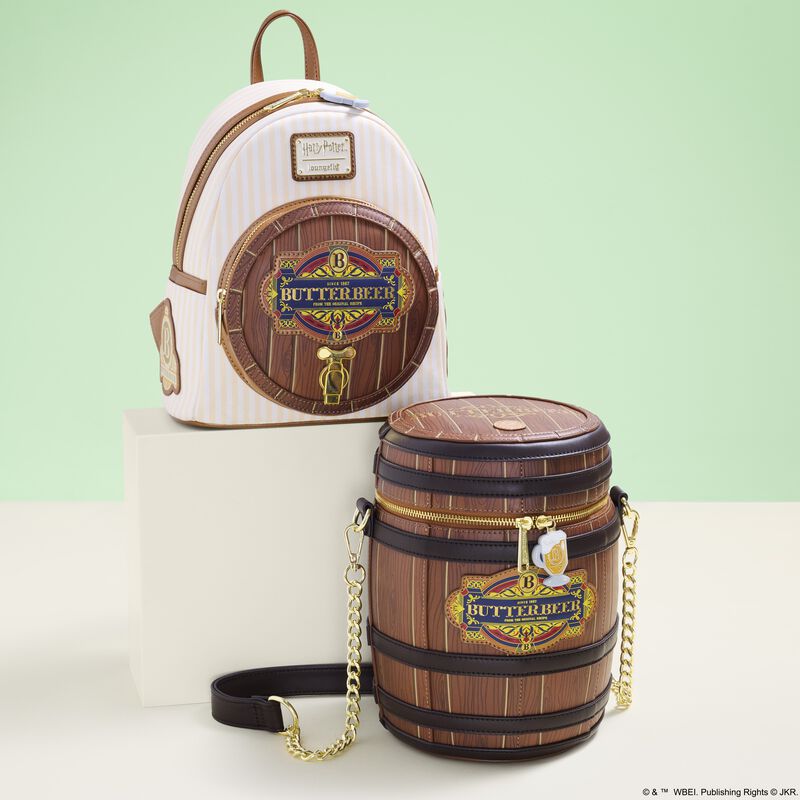

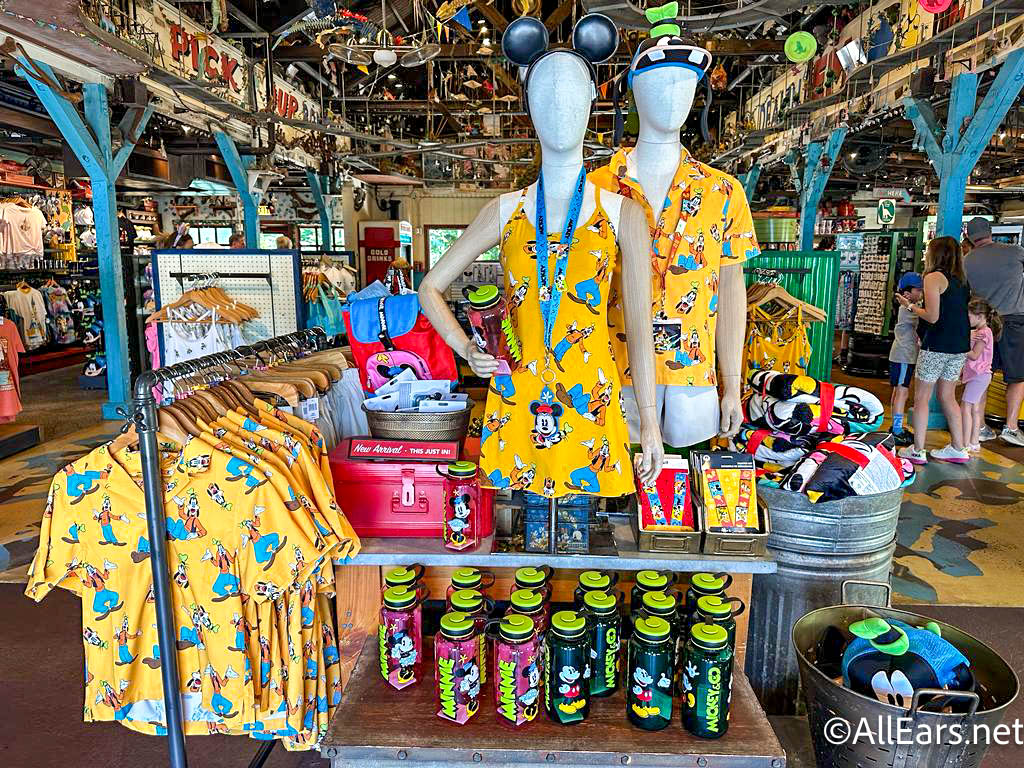
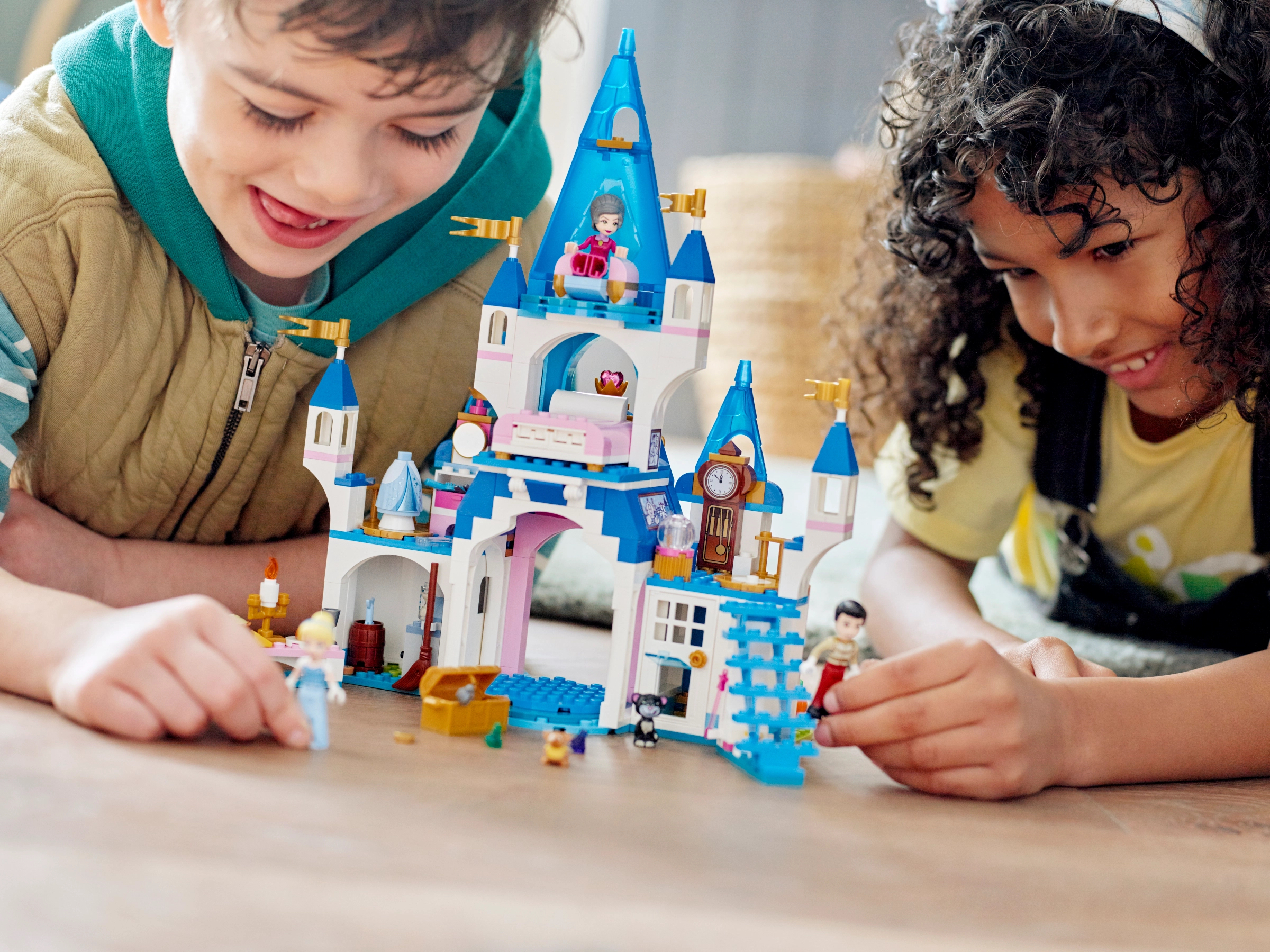
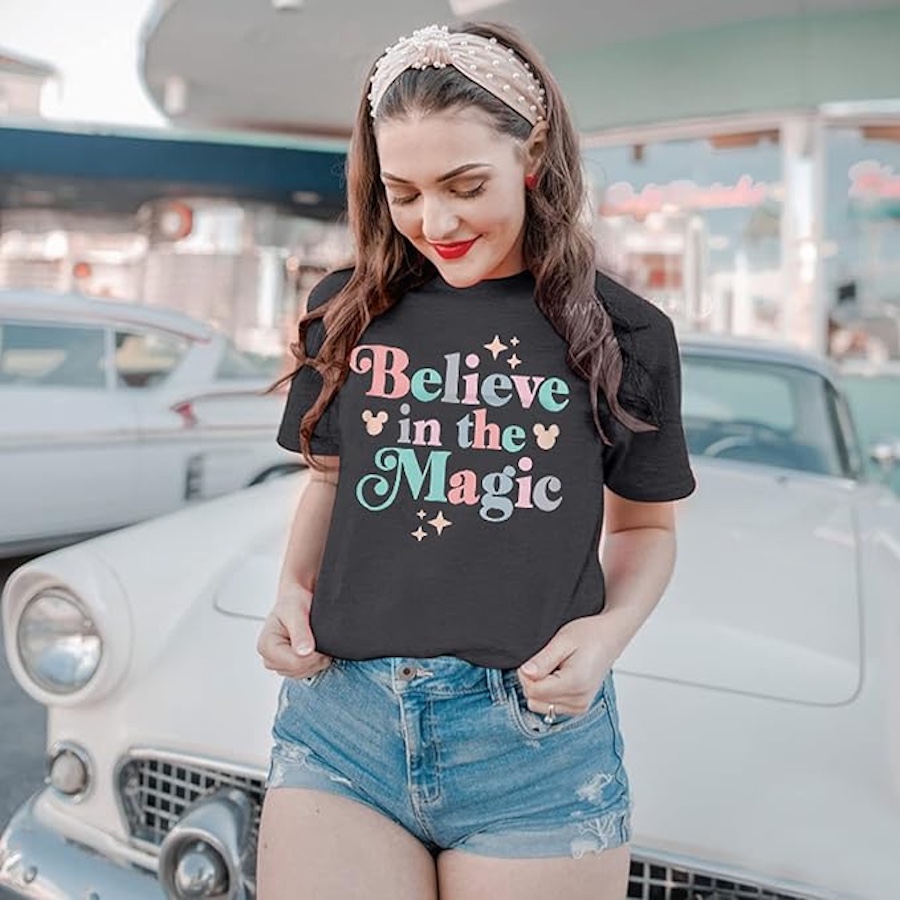
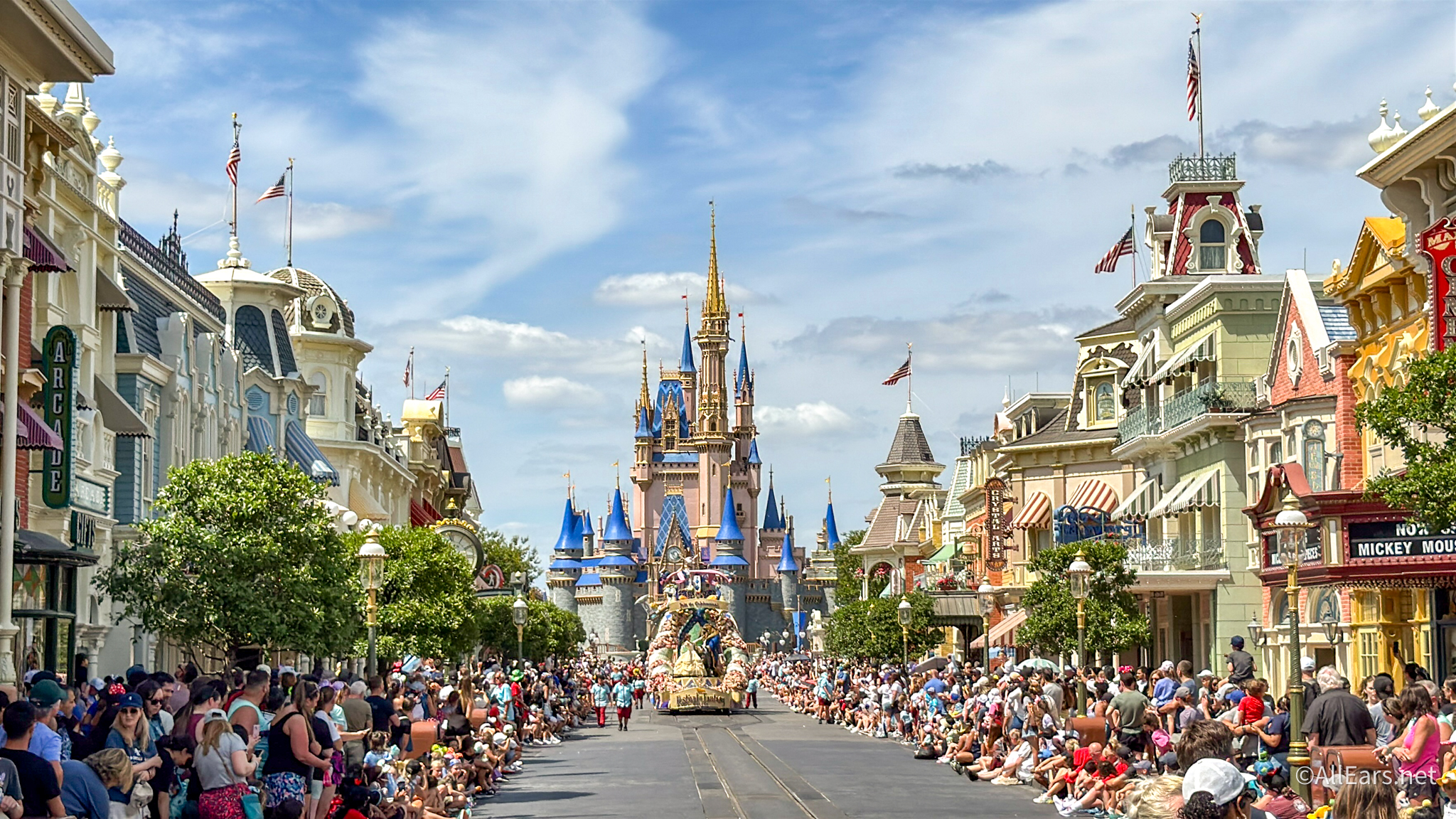


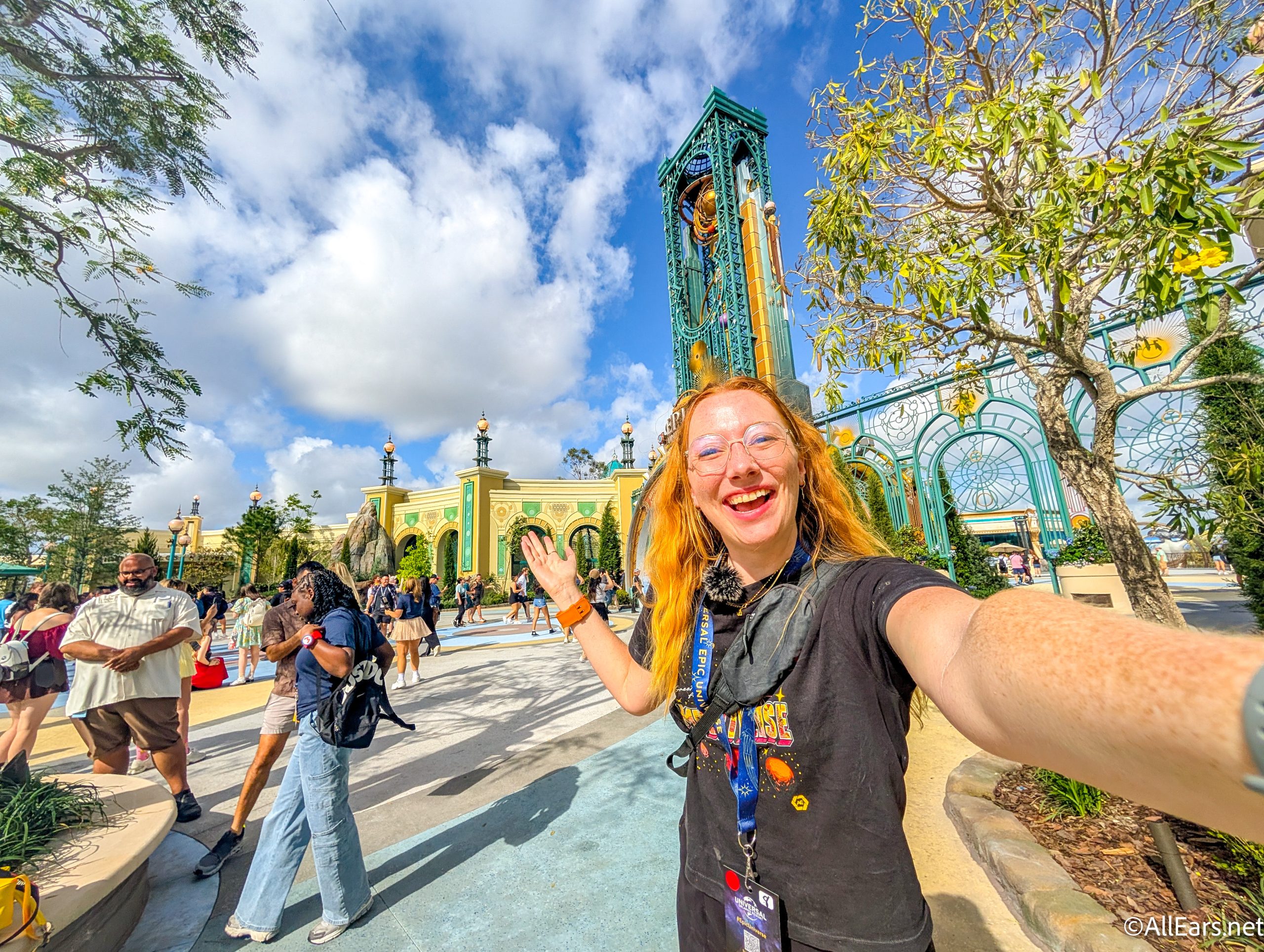


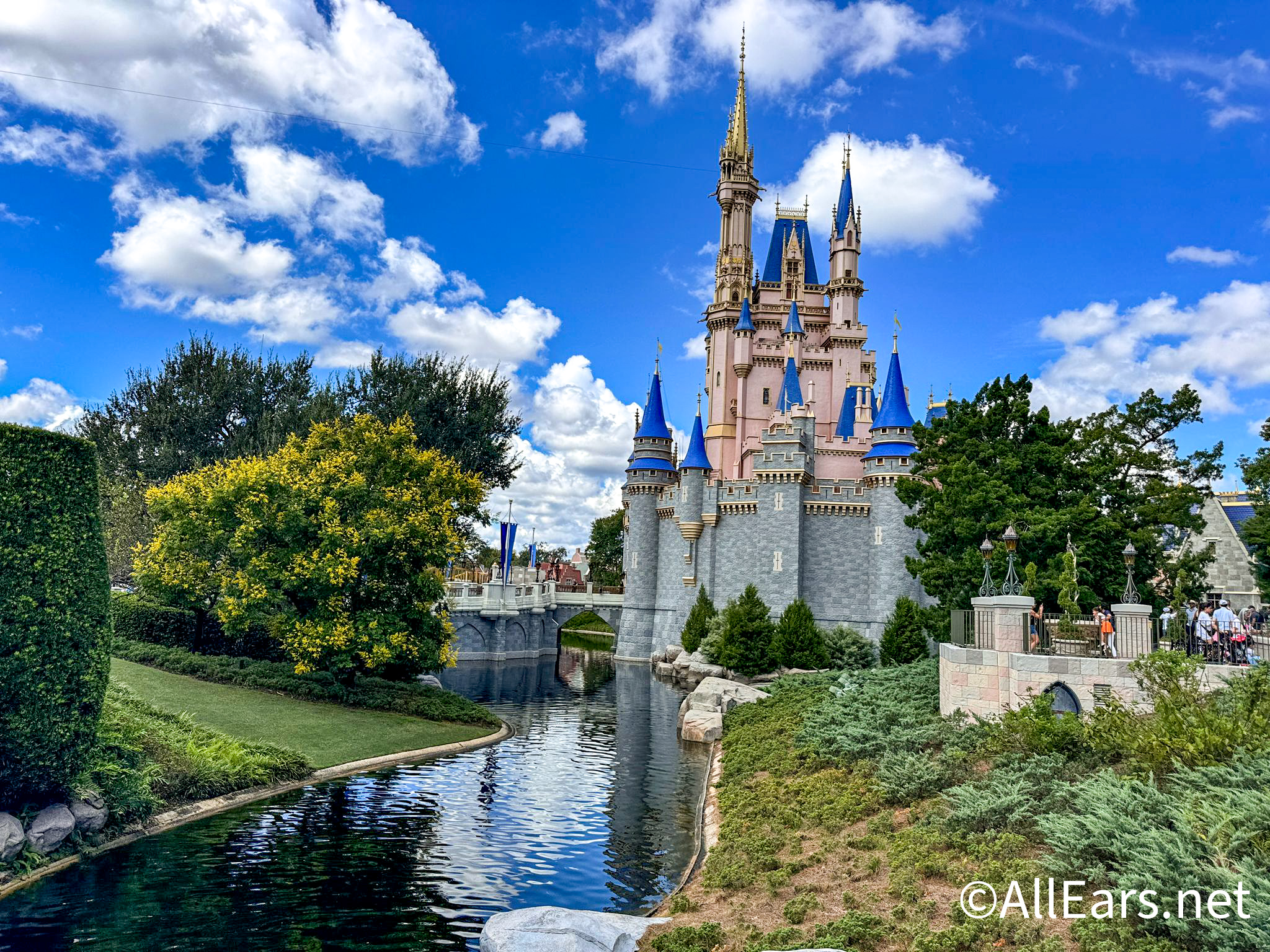
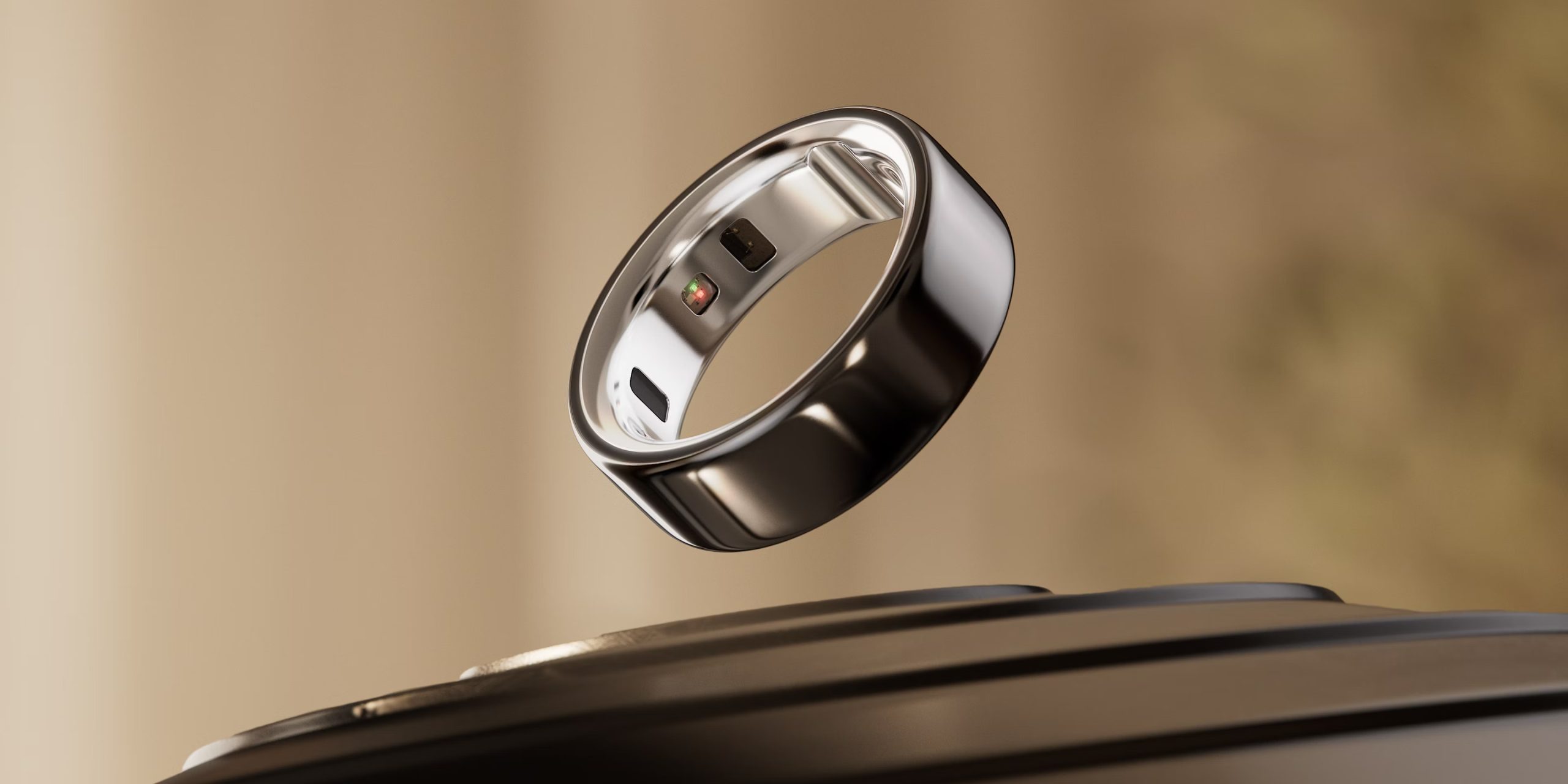
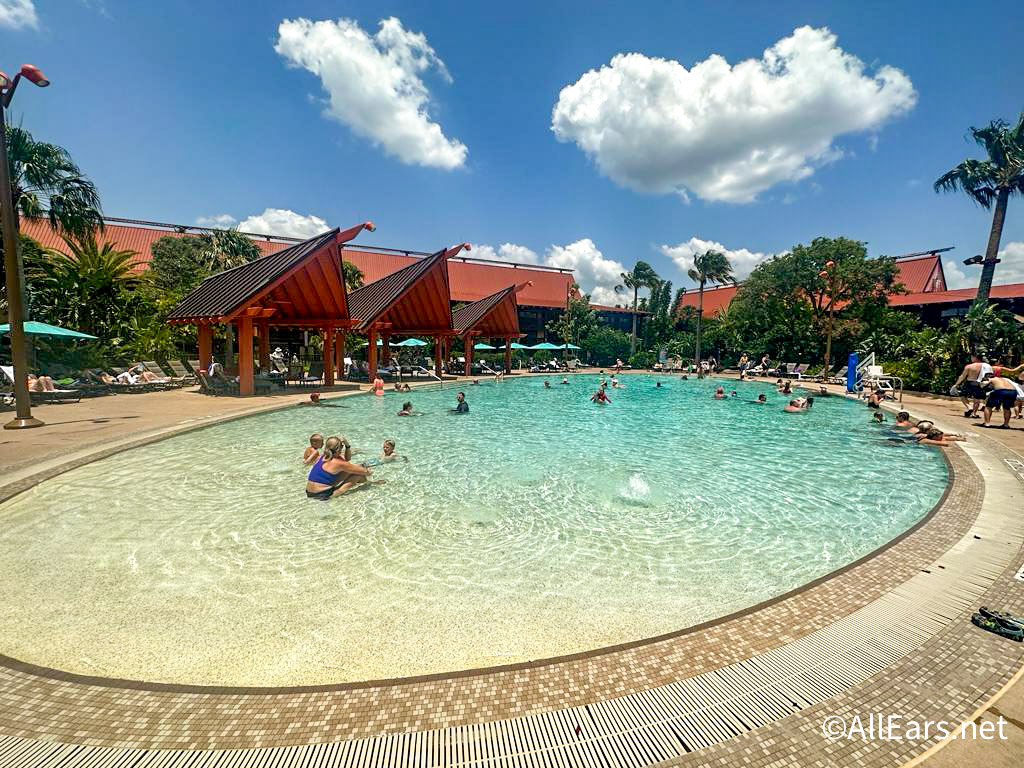
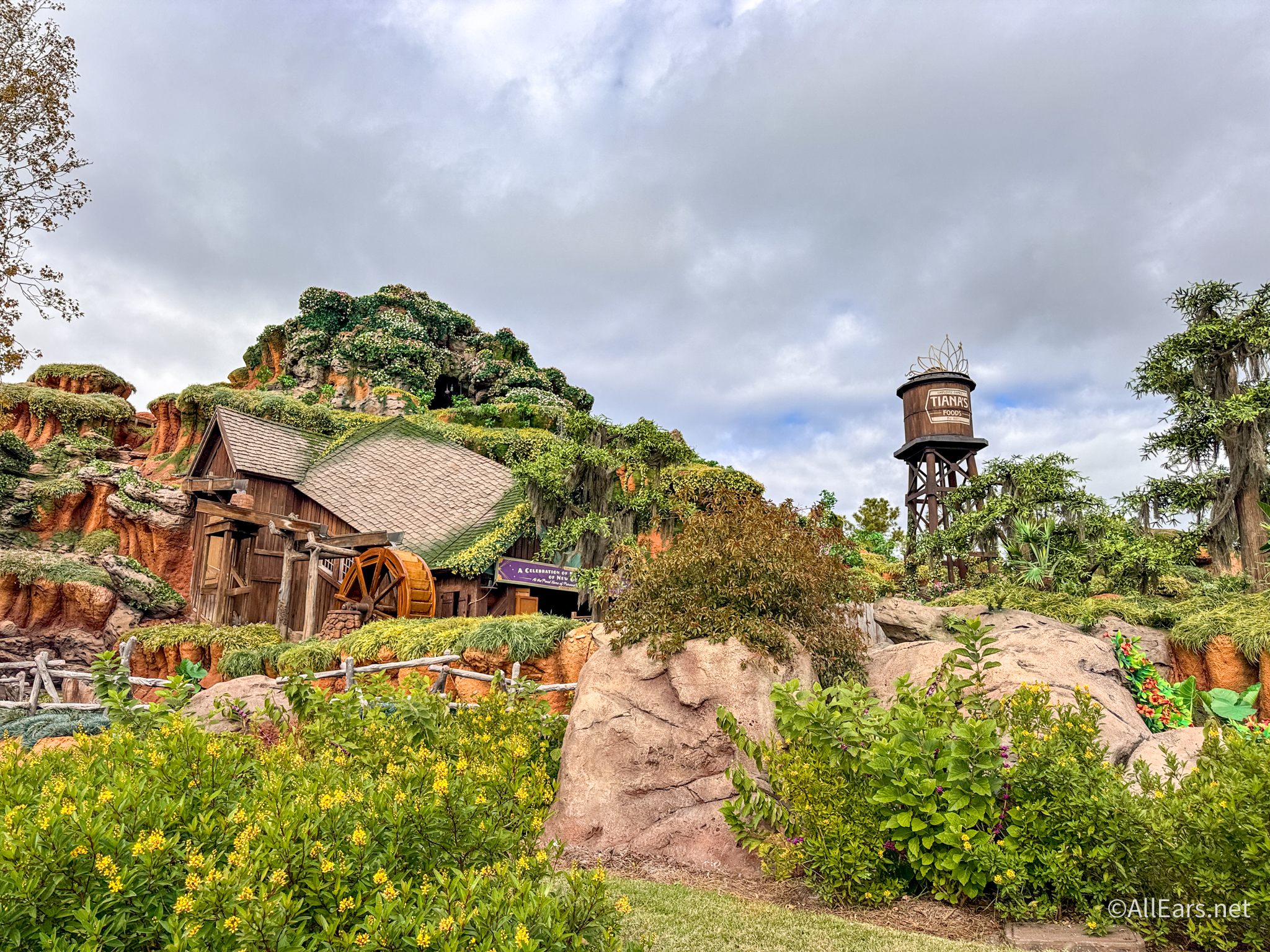
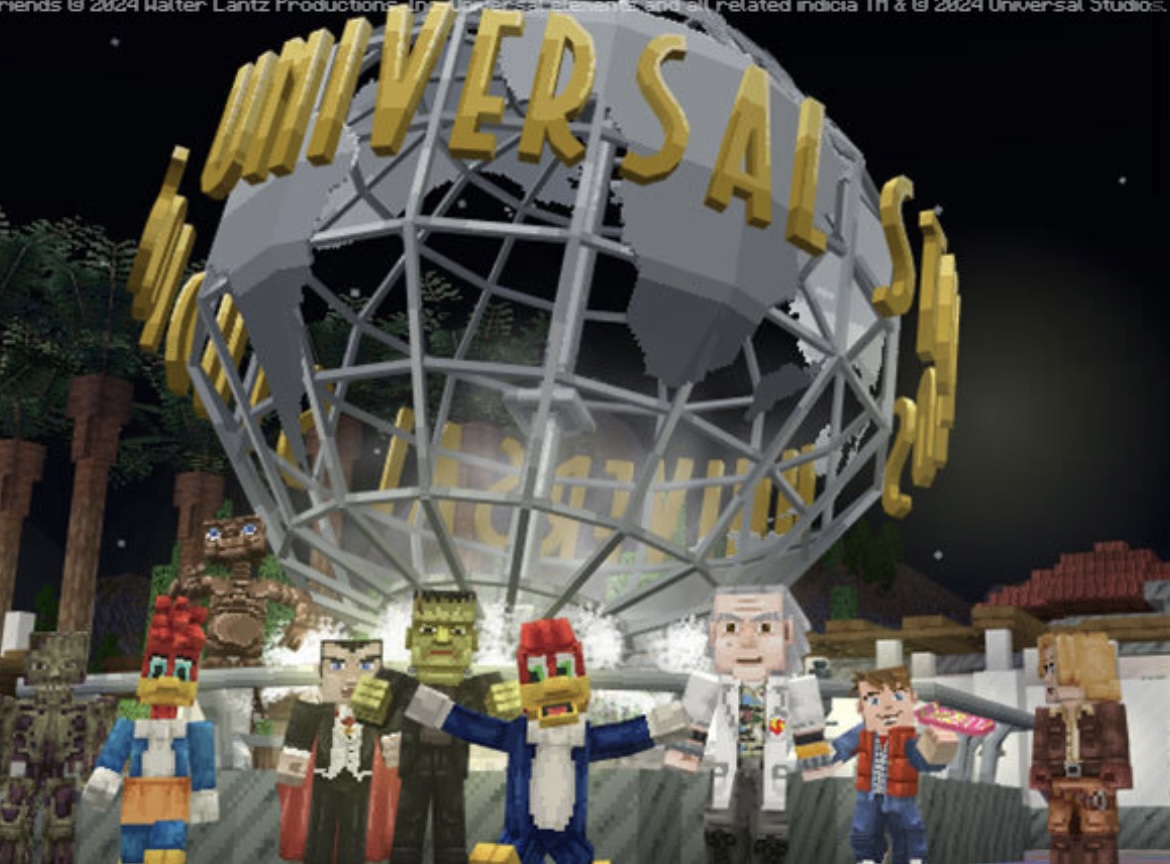

Trending Now
TSA just banned an essential travel item from checked luggage!
Believe it or not, it is possible to make a day at EPCOT even better!
Don't forget about this change coming up for Disney World hotel guests!
Six Flags has just announced that they're CLOSING on of their theme parks entirely this...
If you adore Butterbeer from Harry Potter as much as we do, these TWO new...
These Disneyland attractions will be closed for part of or all of May.
Each week, we search high and low for the best Disney deals on Amazon. Wanna...
We're sharing the hottest deals on LEGO sets on Amazon!
Need a new Disney tee? Get to Amazon NOW!
Only true Disney adults are packing these items for their Disney World trips!
By unanimous vote, the proposed Sunshine Corridor study is now fully funded.
The best upgrades available for Disney Cruise Line Passengers.
Epic Universe is amazing…but it does have a couple of flaws.
Here are a couple of things you'll want to get yourself because every Disney Adult...
We spotted three brand-new Disney Loungefly bags online, and one of them is already selling...
Every Disney adult is going to Amazon to buy their Disney park day shoes!
Let's talk about why every Disney Adult is buying an Oura Ring from Target right...
Many Disney guests don't realize they're breaking these rules.
These might be weird buys, but we aren't kidding when we say you'll need them...
A Universal x Minecraft experience is HERE!